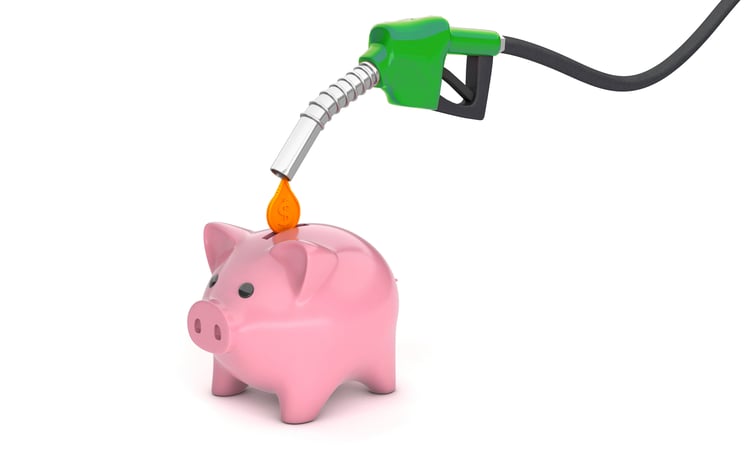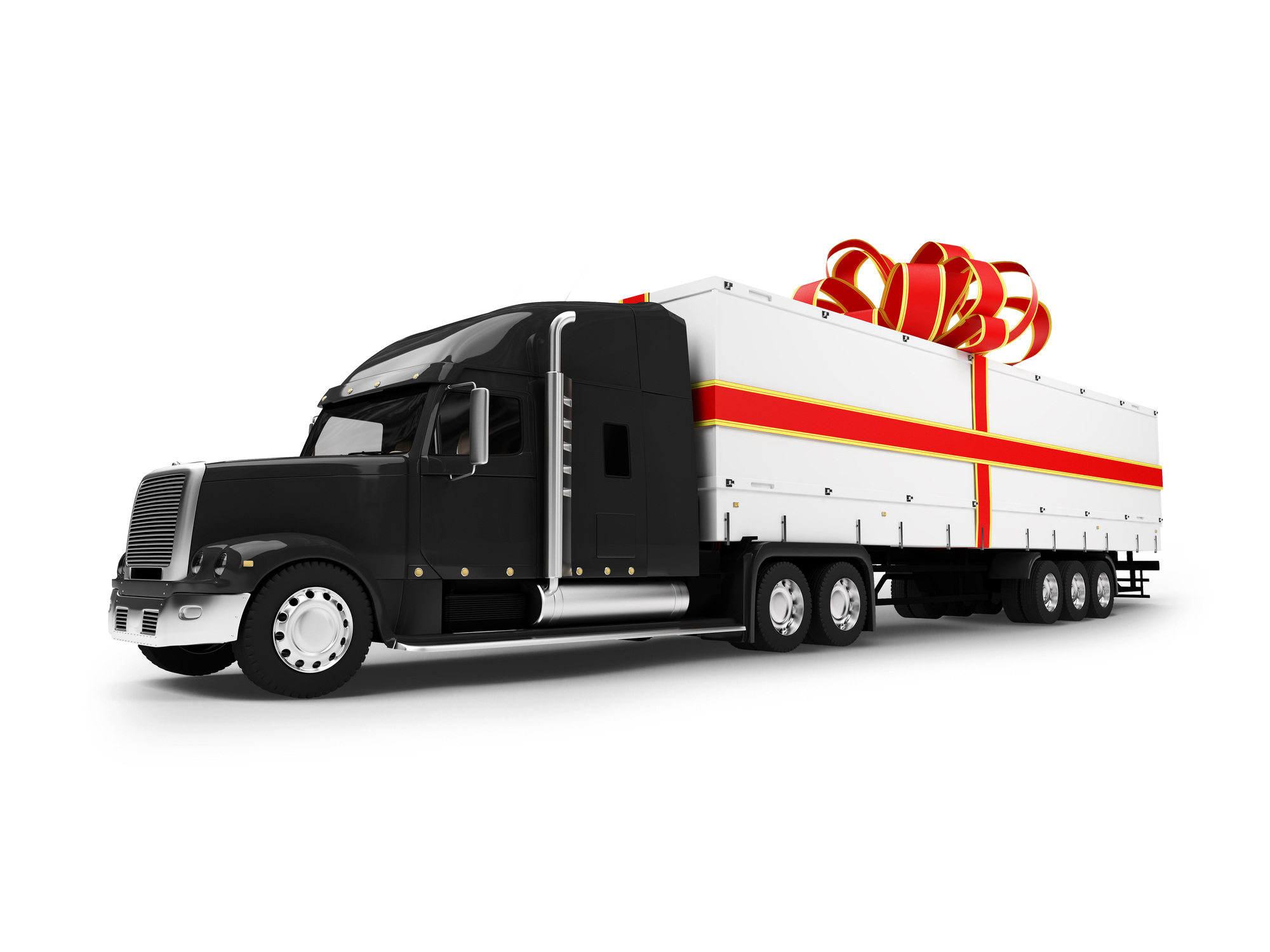In 2020, according to the Federal Highway Administration and TruckInfo.net, the average tractor-trailer achieved an average...
In 2020, according to the Federal Highway Administration and TruckInfo.net, the average tractor-trailer achieved an average miles-per-gallon (MPG) of 6.2 and the average MPG for box trucks was 7.6. Furthermore, the American Transportation Research Institute, reports that between 18% and 22% of the costs for operating a trucking company come from fuel.
Therefore, it's important for trucking companies, small and large, to take advantage of fuel savings whenever possible.
Recently Keystone Equipment Finance Corp. introduced a fuel card for customers. This fuel card provides discounts on diesel fuel, along with other perks, and if you follow these easy tips, you can maximize your savings and minimize any fees associated with the card.

1. Fill up at the in-network locations
Keystone's partner, TransConnect Services (TCS) provides a fuel card with some of the highest per-gallon savings because they have partnered with some of the biggest fuel and truck stop companies across the U.S. and Canada.
The Keystone Fuel Card has NO activation, membership, monthly or annual fees. And, when you fill up at the more than 2,000 locations, there are NO FEES associated with the use of the card - the discount price is the price you pay, and the fees don't add up.
In-network locations include*:
- TA®
- TA® Express
- Petro Stopping Centers®
- 7FLEET Diesel Network
- AMBEST
- Speedway
- Stripes
- Maverik
- Casey's
- Kwik Trip
- Kwik Star
- Road Ranger
- Roady’s
- Sapp Bros.
- PWI
- Fuel City
2. Use the TCS Fuel Finder mobile app to find and identify the in-network locations and the best fuel prices
When you or your drivers are on the road, it pays to look ahead. The Fuel Finder mobile app shows all the locations where the Keystone Fuel Card is accepted, within a given geographic area or along a specific route, and provides the current fuel prices, including retail prices, ex-tax and the TCS discount price. This allows you to set a fueling destination in advance, knowing the best location and pricing before you even get to the station. Filling up at the in-network location with the least expensive prices will add up to big savings over time.
3. Minimize any additional fees
As noted above, there are no transaction fees when you fuel at in-network locations. However, there are additional fees that may apply, including payment posting fees, returned payment fees, and inactive service fees.
In the case of payment posting fees, for the Keystone Fuel Card, when you fund your cash-secured card via ACH (Automated Clearing House) which is a direct bank-to-bank transfer of funds, there are no payment posting fees.
4. Check your account on a regular basis
The Fuel Management Tools provided by TCS make it easy to monitor your account, add funds, check purchases, view account balances, card limits, fees paid on out-of-network purchases, and view statements. Regular review of your account is recommended, especially if you have cards issued to multiple people in your company.
5. Take advantage of the additional perks of the fuel card program
The Keystone Fuel Card comes with additional benefits and perks, including point-of-sale discounts at the pump, and automatic discounts on tires, service and maintenance at TA Truck Service Centers (when you give your DOT Number during payment). And because it's easy to find the nearby TA Truck Service Centers by using the TCS Fuel Finder app, you can easily schedule preventive maintenance, tire changes and repairs in advance, and along your route.
Even if you are an owner-operator with only one truck, you can save simply by using a fuel card. If your annual mileage is 100,000, at 6.2 miles per gallon the number of gallons used is 16,129. If you calculate the fuel savings using the TCS actual in-network savings reported for Q2 2023, you could save $7,903 per year, per truck.
Just think what you could do with that money.




